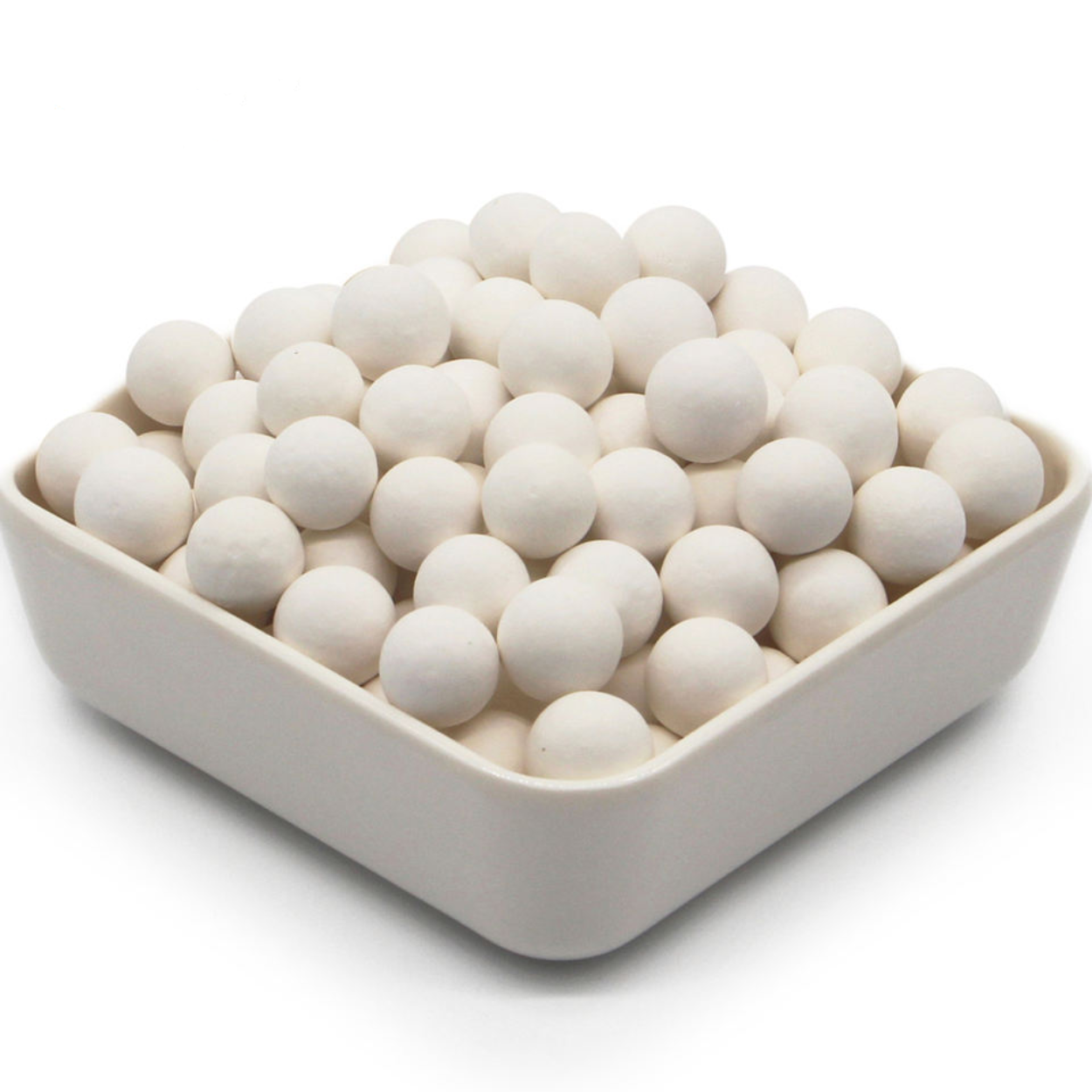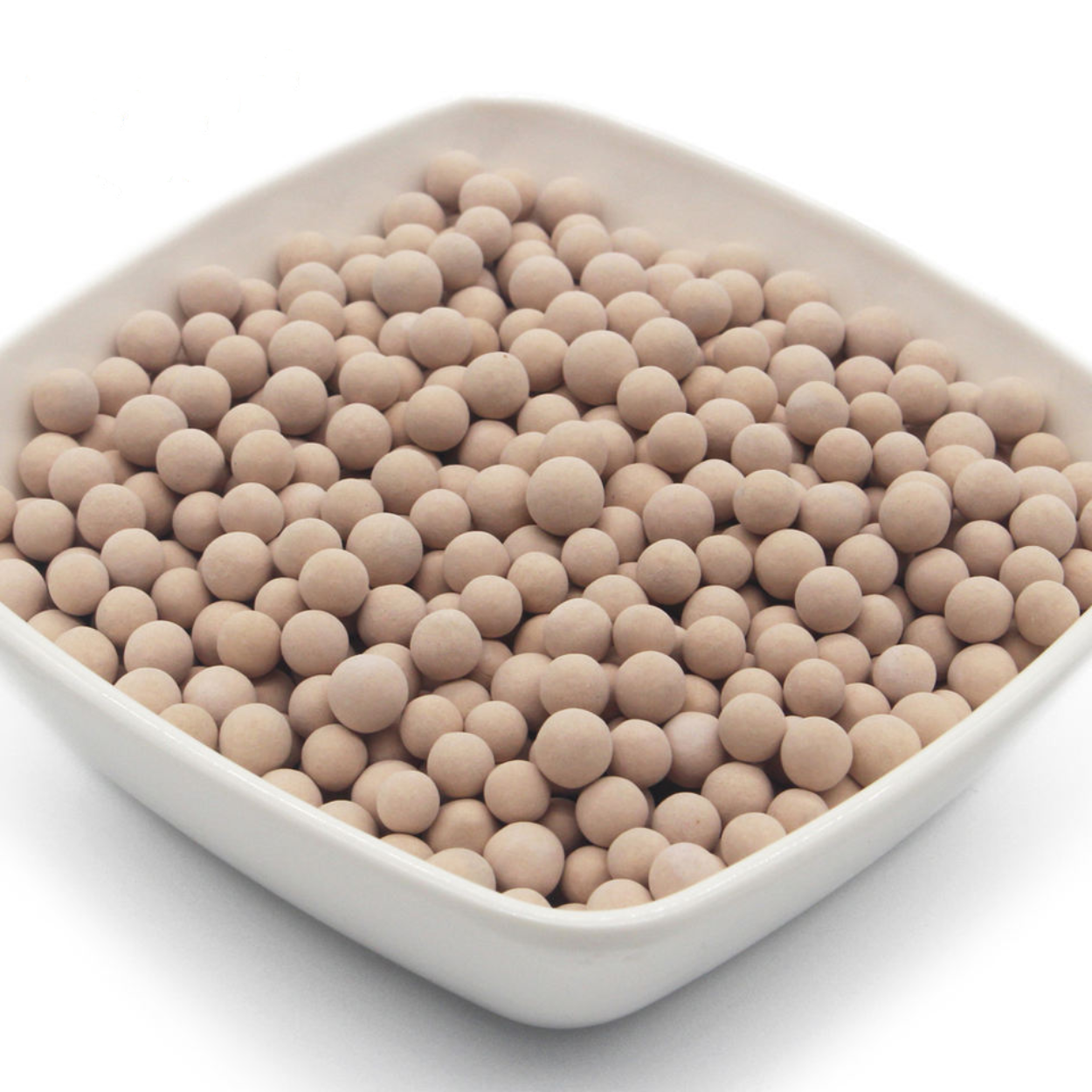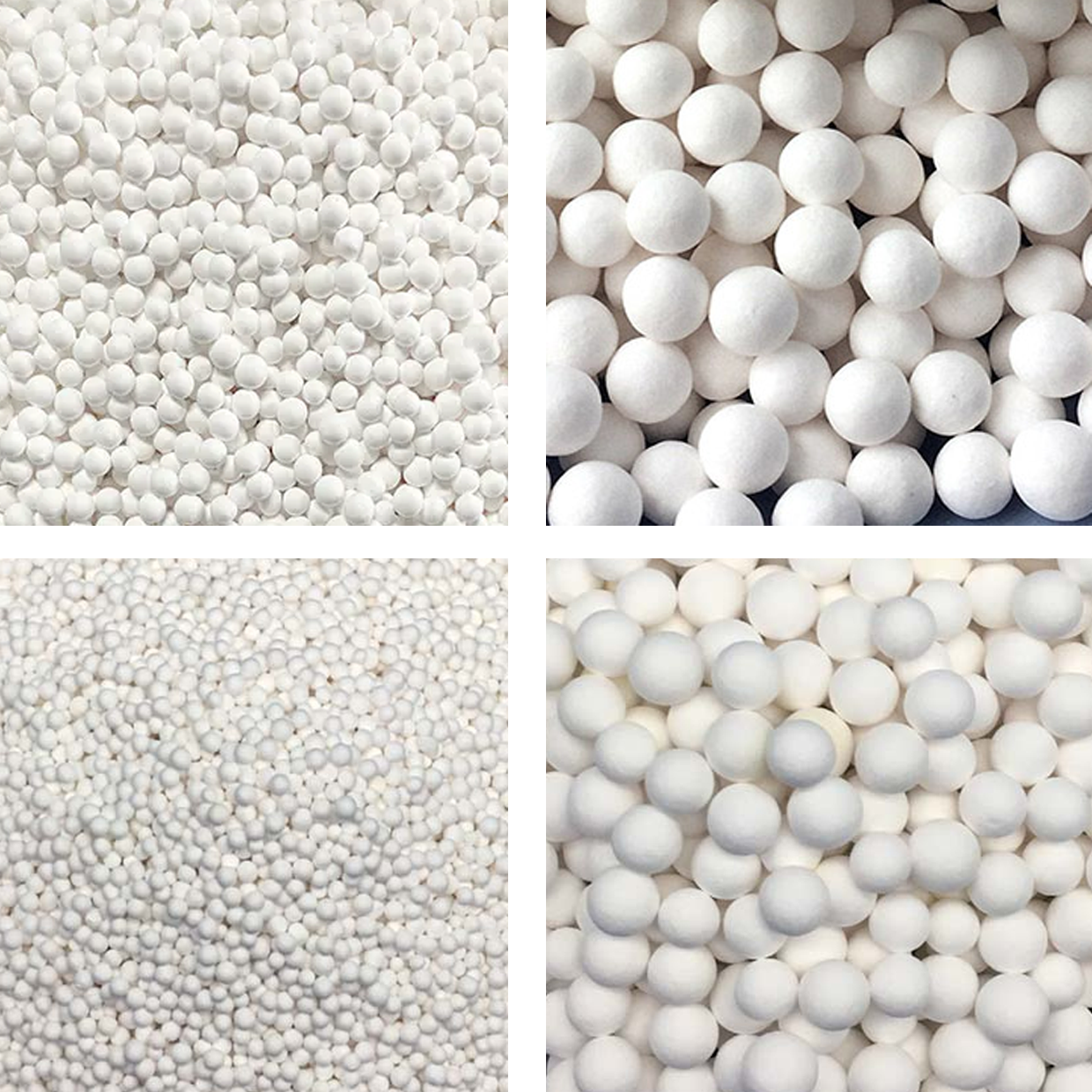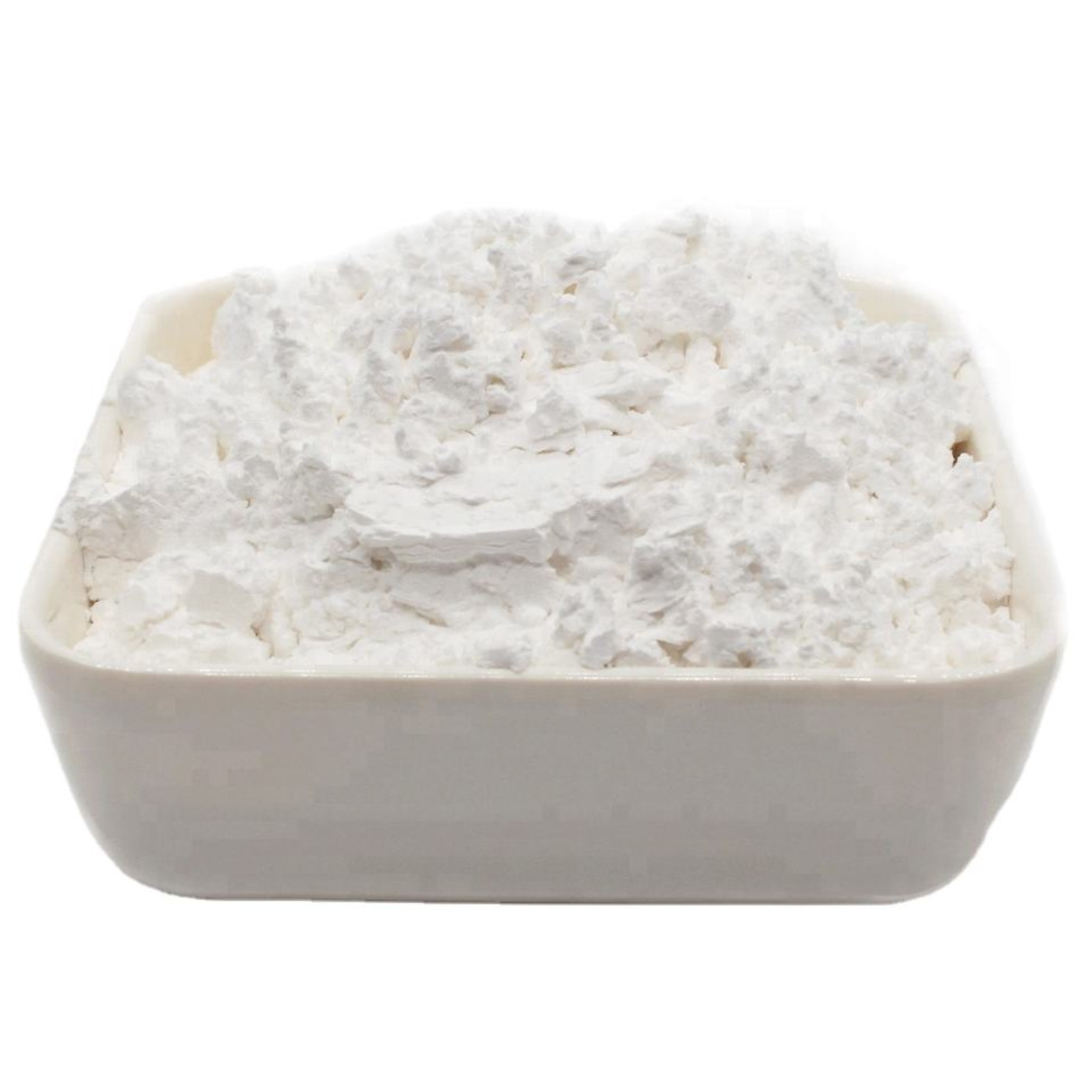
Manufacturer 4A vs 3A Molecular Sieves in LNG Dehydration
LNG dehydration mainly uses 4A molecular sieves for water and hydrocarbon removal, while 3A suits cases needing zero hydrocarbon adsorption.
In polyurethane (PU) manufacturing, foam defects and performance issues often compromise both product quality and production efficiency. Molecular sieve activated powders are highly effective functional additives that address these challenges by removing residual moisture. However, many producers struggle to choose between the two main types: 3A and 4A molecular sieves powder. This guide compares their core properties, outlines application-specific recommendations, and provides practical strategies to enhance PU performance while reducing production costs.
Molecular sieve activated powder is a crystalline aluminosilicate processed at high temperatures to create uniform micropores that selectively adsorb molecules by size and polarity.
Moisture (from polyether polyols) reacts with isocyanates to form CO₂, creating bubbles that weaken the material. Traditional chemical drying agents (e.g., triethyl orthoformate) are costly and introduce byproducts. In contrast, molecular sieves remove water physically, without side reactions, and are regenerable, reducing long-term costs by up to 40%.
| Parameter | 3A Molecular Sieve | 4A Molecular Sieve | Comparison Summary |
|---|---|---|---|
| Pore Size | 3Å (0.3nm) | 4Å (0.4nm) | 3A is more selective |
| Water Adsorption (RH 60%) | ≥22% | ≥24.5% | 4A slightly higher |
| pH Range | 7–9 | ≤11 | 3A is more neutral |
| Bulk Density (g/ml) | ≥0.43 | ≥0.43 | Similar |
| Particle Size (µm) | 2–4 | 2–6 | 4A offers wider range |
| Thermal Stability | Up to 350°C | Up to 250°C | 3A handles higher temps |
| Selectivity | Water only | Water + other small gases | 3A avoids valuable component loss |
3A is a potassium-exchanged version of 4A (sodium form), which narrows pore size and improves heat resistance. 4A has stronger ion exchange and slightly better water capacity but may degrade faster under high-temp, high-humidity conditions.
Typical: 0.5–2% by total PU weight
Too much (>3%): Increases viscosity by 40%+, reduces processability
Best practice: Start with 0.5%, test in increments
Use high-shear mixing (2000–3000 rpm) or ultrasonics to prevent agglomeration
For high solids systems: pre-disperse in a portion of polyol before mixing into bulk
Defoamers (e.g., BYK-066N): Use up to 30% less defoamer while maintaining <1% porosity
Chain extenders (e.g., BDO): Slightly longer gel time (5–10%) may be required
Color-sensitive applications: Use high whiteness grades (>90%) or pair with optical brighteners
If adding molecular sieve powder shortens curing time unexpectedly:
Switch to 3A – More neutral pH minimizes reactivity shifts
Use modified sieves – Surface-treated products with lower OH and pH (e.g., from Xinci Ceramics)
Add buffer agents – Weak acids like citric acid can neutralize excess alkalinity
Control addition sequence – Premix sieves with polyol, then add isocyanates last
Emerging Developments:
Layered drying systems: Like Daqing Gas’s dual-layer approach combining porous material + 4A sieve – lifespan increased 6+ months
Smart sieves: Temperature-sensitive polymer-grafted sieves for controlled adsorption/desorption
Nanostructured 4A: Patented tech from Mingchuan improves water resistance by 60%, hygiene by 50%
AI + Real-time monitoring: Adaptive control of sieve dosing and regeneration using dew point + machine learning
Choosing the right molecular sieve powder can significantly improve PU performance and cost efficiency.
| Factor | Go with 3A | Go with 4A |
|---|---|---|
| Only water removal | ✅ High selectivity | ❌ May absorb valuable monomers |
| Multicomponent cleanup | ❌ May miss some impurities | ✅ Broad adsorption spectrum |
| High-value products | ✅ Minimize losses | ❌ Slightly riskier |
| Regeneration needed | ✅ Handles high temps | ❌ Lower thermal resistance |
| Cost sensitivity | ❌ Pricier | ✅ Cheaper for bulk use |
| Cure speed control | ✅ More neutral (slower) | ✅ Faster curing effect |
Always test both 3A and 4A in parallel during new formula development
Store and use sieves in a dry environment (dew point < –40°C)
Activate at 120°C for 2 hours before use
Partner with a trusted supplier for customized advice and testing
Monitor sieve performance degradation to plan replacement cycles

LNG dehydration mainly uses 4A molecular sieves for water and hydrocarbon removal, while 3A suits cases needing zero hydrocarbon adsorption.

Achieve ultra-deep dehydration of cracked gas with 3A molecular sieves—remove water without ethylene/propylene loss, ensuring catalyst life and product purity.

Home Desiccant Activated Alumina for air compressor drying gas purification wholesale Email WhatsApp Product Inroduction: Desiccant Activated Alumina for air

Home Adsorbent Zeolite 13x Molecular Sieve for Removing Odor From LPG in air Freshener Plant Email WhatsApp Product Inroduction: Adsorbent Zeolite
As a leading molecular sieve manufacturer, we share the latest industry news and insights on adsorbents like molecular sieves, sieve powder, and activated alumina.

Activated alumina for compressed air drying: achieves -50°C dew point, low energy use, and long service life in industrial applications.

3A activated powder adsorbing moisture is ideal for polyurethane floor glue in building chemical.

This article systematically explains the entire production process of molecular sieve activated powder, covering raw material selection and pretreatment, synthesis methods, activation treatment, product processing, and quality control.